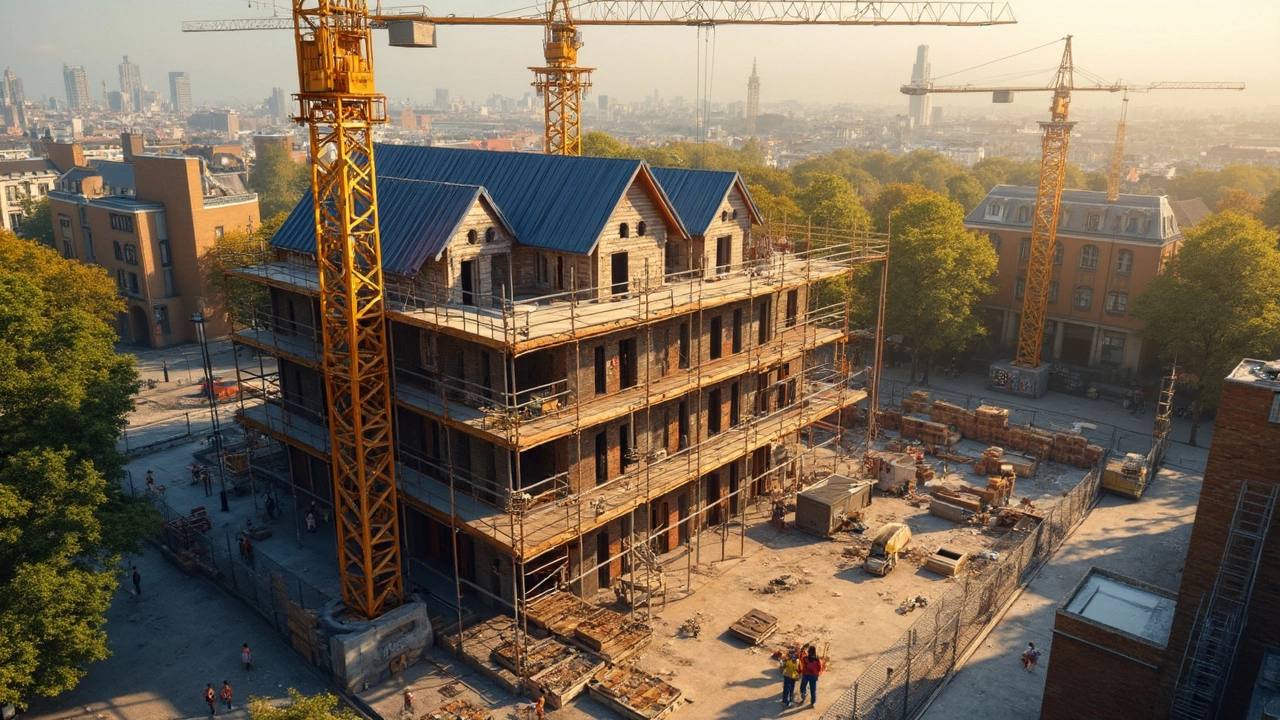New Home Expenses: How to Plan Your Budget Smartly
Building or buying a brand‑new house feels exciting, but the price tag can creep up fast. Before you sign any contract, know which costs are obvious and which tend to hide in the fine print. Getting a clear picture early saves you stress and keeps your project on track.
Break Down the Major Cost Categories
First, list the big line items. Land purchase, foundation work, structure (walls, roof, floors), interior finishes, fixtures, and labour are the core parts. Most people focus on the structure and forget the land price, which can be 20‑30% of the total budget in hot markets.
Next, add the soft costs: architectural fees, planning permission, surveys, and insurance. These aren’t construction work, but they’re required by law and can add several thousand pounds. A good rule of thumb is to reserve 10‑15% of the overall budget for soft costs.
Watch Out for Hidden Expenses
Hidden expenses are the real budget killers. Soil testing may reveal remediation work, like extra drainage or stabilisation. Unexpected site conditions—rocky ground, steep slopes, or old utilities—can push the foundation price up.
Don’t forget the finishing touches. Electrical upgrades, smart‑home wiring, high‑end kitchen appliances, and premium flooring look great, but they can double the estimate for a room. Add a contingency fund of at least 5‑10% to cover these surprise items.
Lastly, think about post‑completion costs. Moving, landscaping, and initial utility setup are easy to overlook. A modest landscaping plan might cost a few thousand, while a full garden with decking can sky‑rocket the total.
When you add everything together, a typical new‑build in the UK ranges from £1,200 to £2,500 per square metre, depending on location and finish level. Use an online calculator or a simple spreadsheet to plug in your numbers and see where you stand.
To keep control, request detailed quotes from each contractor and ask for a line‑by‑line breakdown. Compare at least three offers before committing. If a price seems low, ask why—cheap labour or sub‑standard materials could bite you later.
Financing is another piece of the puzzle. A mortgage for a new build often includes a draw‑down schedule, releasing funds as each stage finishes. Make sure you understand the schedule so you’re not left waiting for cash when the builder needs to start the next phase.
In short, a realistic budget starts with the big numbers, adds the soft costs, includes a contingency, and plans for post‑build expenses. Keep an eye on each line item, ask questions, and you’ll avoid the nasty surprises that make new home owners sigh.
Ready to start? Grab a notebook, list the categories above, and fill in your own numbers. You’ll walk into your new home feeling confident, not penny‑pinched.
Why Is Building a House So Expensive?
- Gavin Whitaker
- |
- |
- 0
Building a house today costs an arm and a leg, but why is that the case? From skyrocketing material prices to the demand for skilled labor, many factors contribute to the hefty bills. Navigating this complex terrain involves understanding everything from land costs to legal fees. This article breaks down the nitty-gritty of house-building expenses and offers practical tips to keep your budget in check.
View more